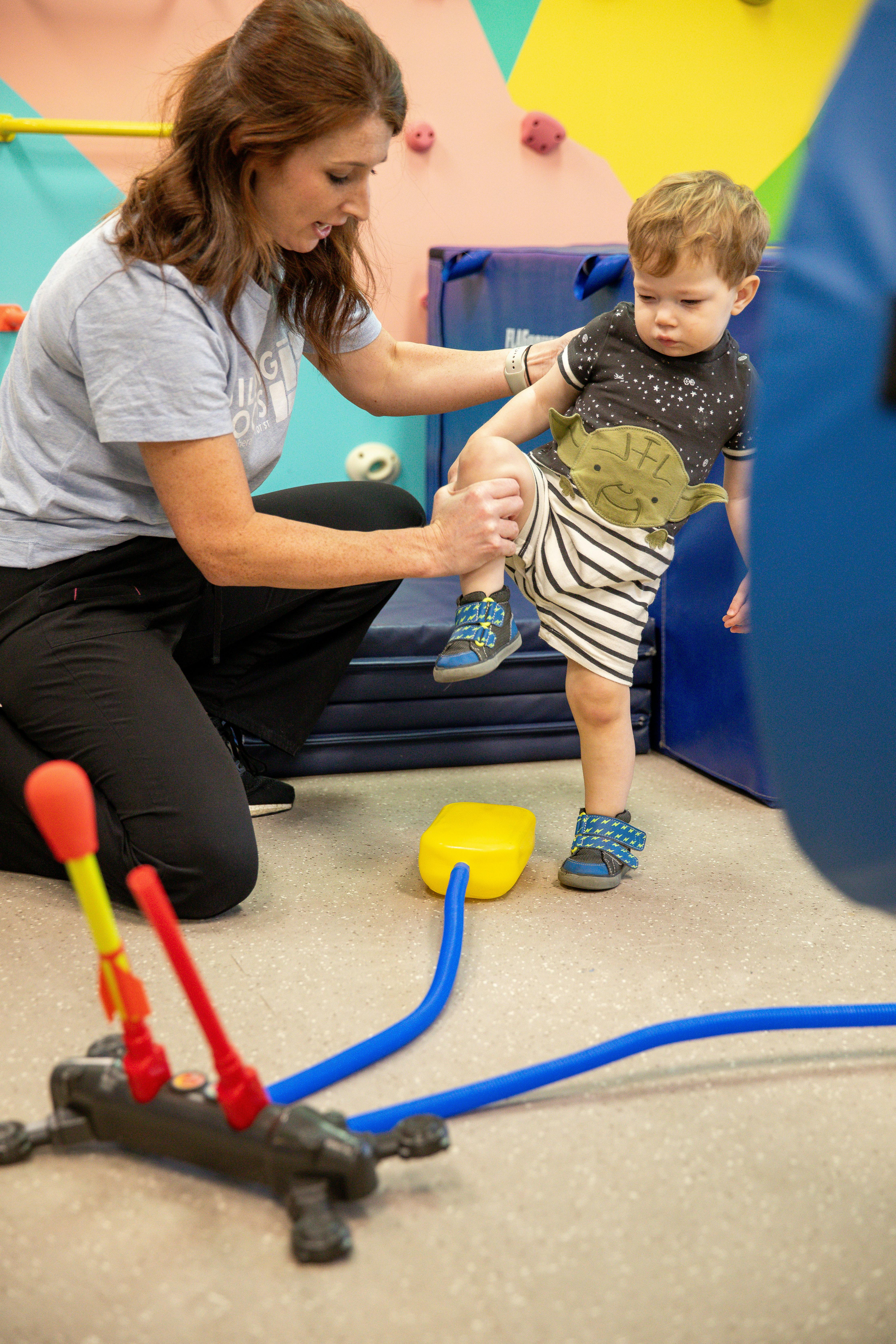What Is Infant Torticollis?
A bad night's sleep can mean waking up with a stiff neck, which makes it hard or painful to turn your head. This is called torticollis (Latin for "twisted neck").
In newborns, torticollis can happen due to positioning in the womb or after a difficult childbirth. This is called infant torticollis or congenital muscular torticollis.
It can be upsetting to see that your baby has a tilted head or trouble turning his or her neck. But most with babies don't feel any pain from torticollis. And the problem usually gets better with simple position changes or stretching exercises done at home.
What Causes Infant Torticollis?
Torticollis is relatively common in newborns. Boys and girls are equally likely to develop the head tilt. It can be present at birth or take up to 3 months to develop.
No one knows why some babies get torticollis and others don't. Most doctors believe it could be related to the cramping of a fetus inside the uterus or abnormal positioning (such as being in the breech position, where the baby's buttocks face the birth canal). The use of forceps or vacuum devices to deliver a baby during childbirth also makes a baby more likely to develop it.
These things put pressure on a baby's sternocleidomastoid (stir-noe-kly-doe-MAS-toyd) muscle (SCM). This large, rope-like muscle runs on both sides of the neck from the back of the ears to the collarbone. Extra pressure on one side of the SCM can cause it to tighten, making it hard for a baby to turn his or her neck.
Some babies with torticollis also have developmental dysplasia of the hip, another condition caused by abnormal positioning in the womb or a difficult childbirth.
What Are the Signs & Symptoms of Infant Torticollis?
Babies with torticollis will act like most other babies except when it comes to activities that involve turning. A baby with torticollis might:
- Tilt the head in one direction (this can be hard to notice in very young infants)
- Prefer looking at you over one shoulder instead of turning to follow you with his or her eyes
- If breastfed, have trouble breastfeeding on one side (or prefers one breast only)
- Work hard to turn toward you and get frustrated when unable turn his or her head completely
Some babies with torticollis develop a flat head (positional plagiocephaly) on one or both sides from lying in one direction all the time. Some might develop a small neck lump or bump, which is similar to a "knot" in a tense muscle. Both of these conditions tend to go away as the torticollis gets better.
How Is Infant Torticollis Diagnosed?
Your doctor will do a physical exam to see how far your baby can turn his or her head.
How Is Infant Torticollis Treated?
If your baby does have torticollis, the doctor might teach you neck stretching exercises to practice at home. These help loosen the tight SCM and strengthen the weaker one on the opposite side (which has weakened due to underuse). This will help to straighten out your baby's neck.
Sometimes, doctors suggest taking a baby to a physical therapist for further treatment.
After treatment has started, the doctor may examine your baby every 2 to 4 weeks to see if the torticollis is getting better.
Helping Your Baby at Home
Encourage your baby to turn his or her head in both directions. This helps loosen tense neck muscles and tighten the loose ones. Babies cannot hurt themselves by turning their heads on their own.
Here are some exercises to try:
- When your baby wants to eat, offer the bottle or your breast in a way that encourages your baby to turn away from the favored side.
- When putting your baby down to sleep, position him or her to face the wall. Since babies prefer to look out onto the room, your baby will actively turn away from the wall and this will stretch the tightened muscles of the neck. Remember — always put your baby to sleep on his or her back to help prevent SIDS.
- During play, draw your baby's attention with toys and sounds to make him or her turn in both directions.
Don't Forget "Tummy Time"
Laying your baby on the stomach for brief periods while awake (known as "tummy time") is an important exercise because it helps strengthen neck and shoulder muscles and prepares your baby for crawling.
This exercise is especially useful for a baby with torticollis and a flat head — and can actually help treat both problems at once. Here's how to do it:
- Lay your baby on your lap for tummy time. Position your baby so that his or her head is turned away from you. Then, talk or sing to your baby and encourage him or her to turn and face you. Practice this exercise for 10 to 15 minutes.
Looking Ahead
Most babies with torticollis get better through position changes and stretching exercises. It might take up to 6 months to go away completely, and in some cases can take a year or longer.
Stretching exercises to treat torticollis are most likely to work well if started when a baby is between 3 to 6 months old. If you find that your baby's torticollis is not improving with stretching, talk to your doctor. Your baby may be a candidate for muscle-release surgery, a procedure that cures most cases of torticollis that don't improve.
Reviewed by: Patricia Solo-Josephson, MD
Date reviewed: July 2017


